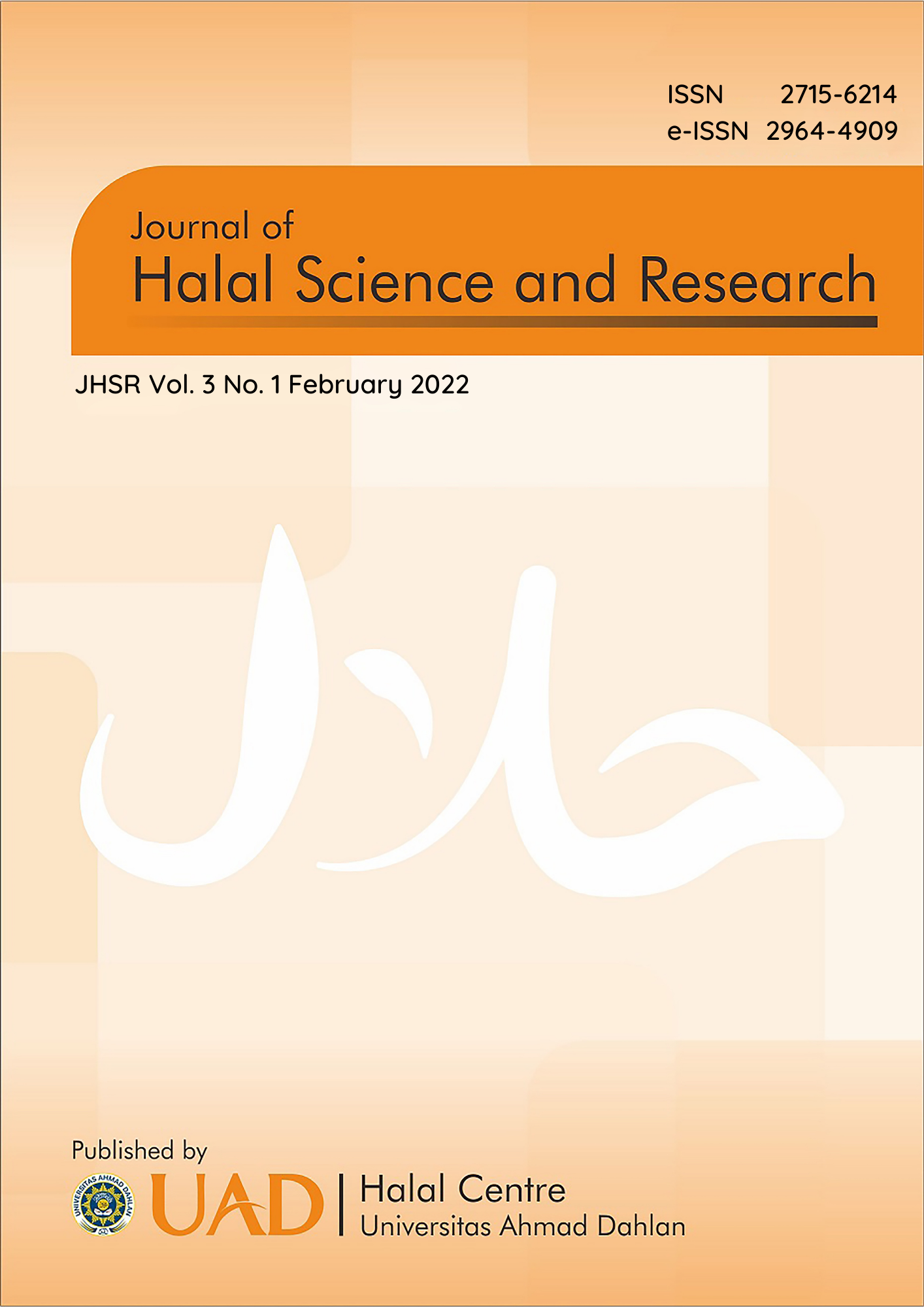Evaluation of the implementation of good manufacturing practices (gmp) in cv panda food, a special region of yogyakarta
DOI:
https://doi.org/10.12928/jhsr.v3i1.6857Abstract
CV Panda Food is a company engaged in the snack food industry in the form of nori (seaweed) which Mr. Stenly Hendi Avanda founded in 2012. There are several products and various flavors offered by CV Panda Food, such as Mininori Seasoned Chicken and Roast Beef, Panda Seaweed Original Flavor, Spicy Flavor, and Barbeque Flavor. To keep the food free of potential biological, chemical, and other pollutants that could harm, interfere with, or otherwise put human health in jeopardy so that it is safe to consume, CV Panda Food needs to be evaluated on Good Manufacturing Practices (GMP). Mininori production, which refers to the Regulation of the Minister of Industry of the Republic of Indonesia Number 75/M-IND/PER/2010, consists of location, buildings, facilities and sanitation, machinery and equipment, materials, process control, final products, laboratories, workers, packaging, labels and product description, storage, maintenance and sanitation programs, transportation, documentation and recording, training, product recall and program implementation. The purpose of implementing the Practical Work is to implement GMP at CV Panda Food concerning the Regulation of the Minister of Industry of the Republic of Indonesia No. 75/M-IND/PER/7/2010 and the obstacles found in CV Panda Food in implementing GMP in Miniori production. The methods used in data collection are observation, interviews, direct practice, documentation, and literature study. The results are that CV Panda Food has not fully implemented the GMP Regulation of the Minister of Industry of the Republic of Indonesia No. 75/M-IND/PER/7/2010. There are 83.07% appropriate, and 16.93% non-conformance from 18 aspects due to human factors, materials, environment, and methods, namely doors, ventilation, and windows not equipped with screens, not having a laboratory, walls, and floors form elbows so that the production environment is challenging to clean, there is no pest prevention, lack of dryers or tissue and lack of firm action on GMP violators, lack of awareness in the implementation of sanitation, and there is still garbage that accumulates in the production room due to lack of monitoring from the head production that pollutes the environment.
Downloads
Published
Issue
Section
License
Copyright (c) 2022 Universitas Ahmad Dahlan

This work is licensed under a Creative Commons Attribution-NonCommercial-ShareAlike 4.0 International License.
Authors who publish with JHSR (Journal of Halal Science and Research) agree to the following terms:
1. Authors retain the copyright and grant Universitas Ahmad Dahlan right of first publication with the work simultaneously licensed under a Creative Commons Attribution-NonCommercial-ShareAlike 4.0 License (CC BY-NC-SA 4.0) that allows others to share (copy and redistribute the material in any medium or format) and adapt (remix, transform, and build upon the material) the work for any purpose, even commercially with an acknowledgement of the work's authorship and initial publication in Universitas Ahmad Dahlan.
2. Authors are able to enter into separate, additional contractual arrangements for the non-exclusive distribution of the journal's published version of the work (e.g., post it to an institutional repository or publish it in a book), with an acknowledgement of its initial publication in Universitas Ahmad Dahlan.
3. Authors are permitted and encouraged to post their work online (e.g., in institutional repositories or on their website) prior to and during the submission process, as it can lead to productive exchanges, as well as earlier and greater citation of published work (See The Effect of Open Access).

This work is licensed under a Creative Commons Attribution-NonCommercial-ShareAlike 4.0 International License.




